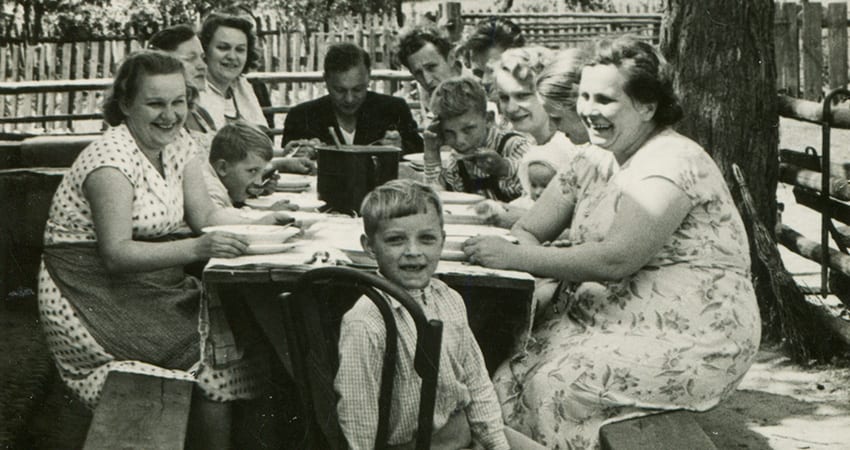
For many seniors, appetites can change significantly, due to various factors, including lifestyle changes, effects of illness or medication or lack of mobility to purchase and prepare meals. Regardless, to age well and feel well, it is always important to choose healthful foods and enjoy a variety of nutrients to support energy and wellbeing. There are some areas of nutrition we should pay particular attention to.
A diet high in processed foods, high in salt, low in water or fibre can contribute to constipation. Constipation can be uncomfortable, even painful and can contribute to other issues, such as headaches. Including wholegrain cereals and breads, fruit, dried fruit, beans and lentils are all excellent ways to regulate your bowels. Try adding some pears to your breakfast cereal, add dried fruits to your porridge or enjoy a lentil soup for lunch.
Calcium and Vitamin D work together for bone health, along with weight-bearing exercise. While bone strength is laid down in our early life, it is important to maintain bone health as we age, to protect against fractures and osteoporosis, especially common in post-menopausal women. Seniors should look to include 2.5-3.5 serves of calcium each day. Quality calcium sources include milk, cheese, yoghurt, leafy green vegetables, sardines and salmon (with bones), nuts and seeds.
10-30 minutes of sun exposure each day will help with obtaining Vitamin D. Food sources include fatty fish (tuna, salmon), cheese and egg yolks.
Inflammation in the body, such as arthritis, can be painful and uncomfortable. Fatty Acids have been shown to reduce inflammation in the body and should be included in the diet on a weekly basis. Quality sources include flaxseeds, flaxseed oil, walnuts and fatty fish. Include tinned or fresh tuna or salmon twice per week or add flaxseed oil to a smoothie or breakfast porridge.
As we age, our water intake often decreases, even though our need for hydration remains the same. This can be due to lack of thirst, a fear of increased need for the toilet or even medication. Urine output and colour is the best indicator of hydration. Urine should be clear and light – if yours is dark in colour, you may need to increase your water intake. If you find it difficult to drink more water, try including smoothies or foods high in water, such as watermelon, cucumber and soups.
Foods to keep on your shopping list include wholegrain bread, baked beans, bean mixes, rice, oats, meat, fish, yoghurt, nut butter, fruit, vegetables, soups and cheese. Older people who live alone may find it difficult to shop due to transport or mobility issues, so purchasing tinned, canned or frozen foods can help your cupboards stay sticked for longer periods. Be sure to ask for help from friends or family if you need it, or take advantage of supermarket home delivery services.